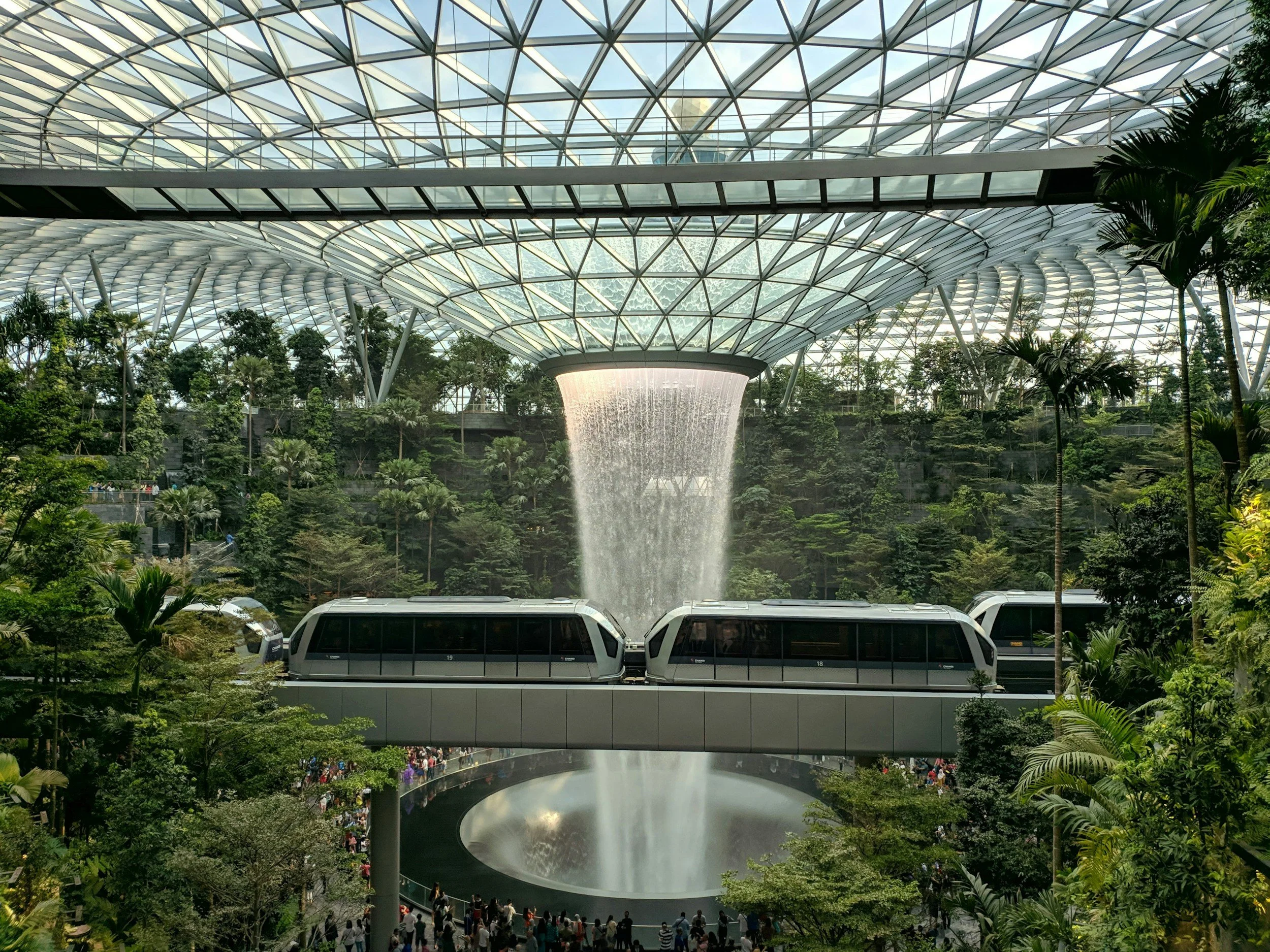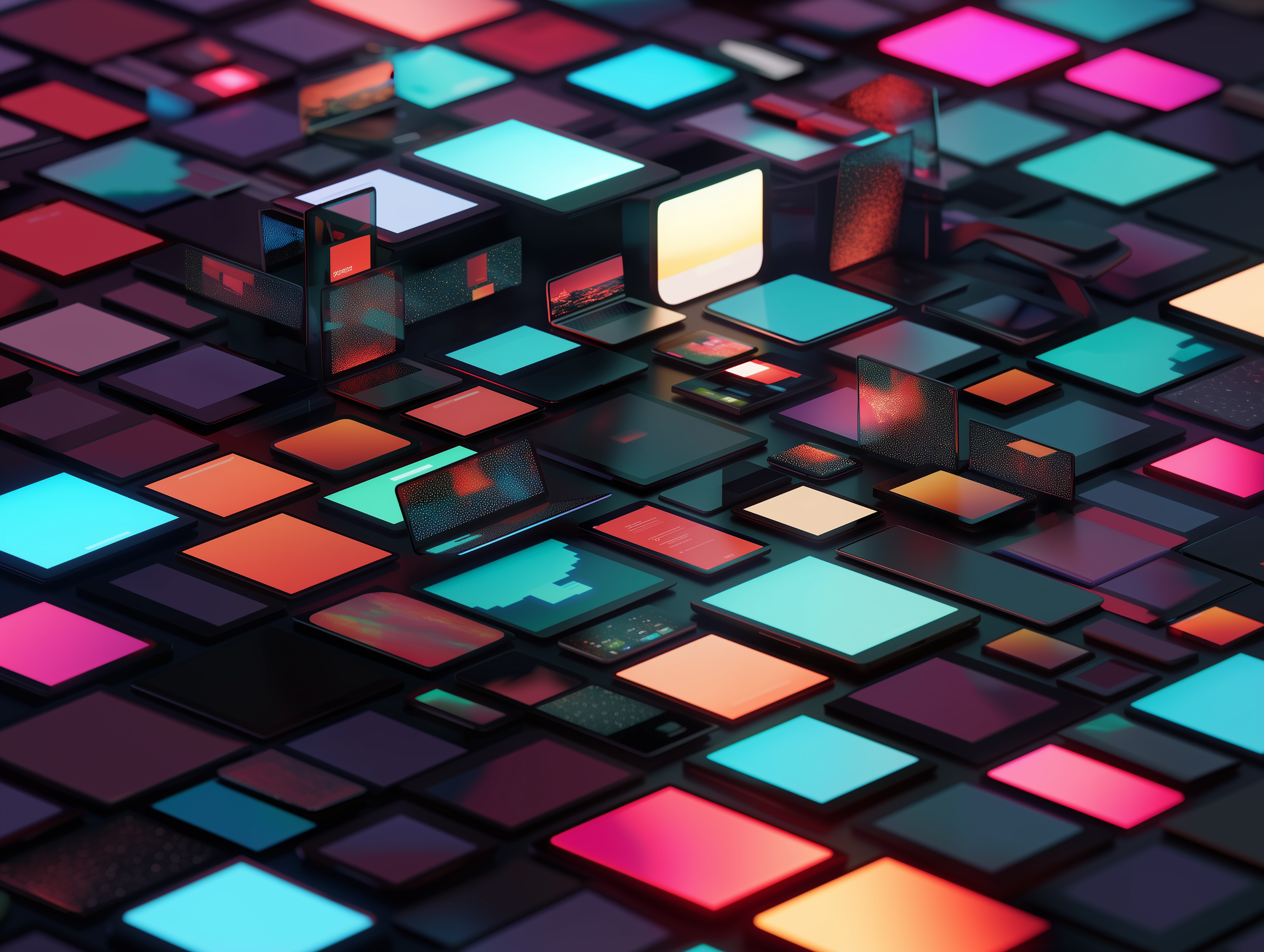
Blog
Ideas That Spread

How Brands, Agencies, and Creatives Are Using AI to Elevate Content Strategies
Artificial intelligence (AI) is reshaping content creation, offering new ways for brands, agencies, and creatives to push the boundaries of storytelling and engagement. However, AI is not just about automation—it's a tool that can support human creativity, helping teams work more efficiently while maintaining the core identity and strategy of each brand. Here’s how AI is empowering content creators and marketers to produce more impactful work:

AI News Domination: How the Future of Content Control Is Shaping Humanity—and What We Can Do About It
By 2025, a staggering 40% of all search queries will be conducted through AI-based tools like Google’s Gemini, ChatGPT, Apple Intelligence and Perplexity AI, according to Gartner.